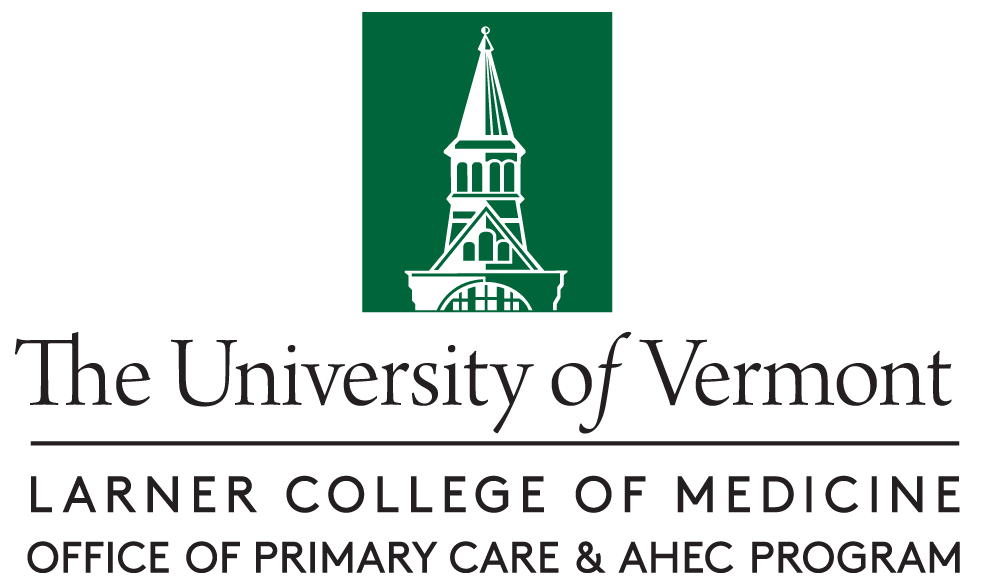
UVM AHEC
Document Type
Poster
Publication Date
2024
Focus Area
Medical Practice Transformation
Abstract
Introduction: Electronic Health Record (EHR) messaging facilitates patient-provider communication, enabling patient engagement. Research at UVM Larner College of Medicine analyzed signal data from Epic for 267 primary care clinicians (89 male, 178 female) across 27 University of Vermont Health Network (UVMHN) sites2. Results showed female clinicians received significantly more patient medical advice messages and spent more active time in their in-baskets. Despite this, response times were equivalent between genders with consistent staff handling across both groups, suggesting female clinicians maintain quality of care despite a higher workload and no internal biases in message handling by staff1,2. Investigating relationships explaining why female primary care clinicians receive a disproportionately higher amount of patient messages could inform interventions to balance the workload, thereby reducing physician burnout and improve care efficiency.
Methods: This study employed the EHR data extraction tool, Epic Slicer Dicer, to obtain de-identified reports for 225 primary care clinicians (77 male, 148 female) at the UVMHN. The extracted data were processed and analyzed using Microsoft Excel. Averages were calculated, and a T-test was performed to determine if significant differences existed between male and female clinician groups. The analysis focused on variables within the risk-adjusted panels: longitudinal needs, serious illness, complex polychronic conditions, and observed panel size relative to expected panel size. Additionally, the study categorized in-basket messages by message type and patient gender.
Results: Female clinicians had a mean of 53% female patients and 26% male patients. Male clinicians had a mean of 47.8% male patients and 25.9% female patients. Female patients sent approximately twice as many medical advice request messages as male patients (497,513 vs. 252,380). Female patients sent more messages in every category: patient calls (636,624 vs. 440,416), patient medical advice requests (497,513 vs. 252,380), and messages to patients (1,356,525 vs. 781,298). Female clinician risk adjusted panels were not statistically different than male clinicians, except in one category of patient complexity.
Conclusion: Although a female clinicians have a statistically similar patient panel compared to their male colleagues, they receive significantly more patient medical advice questions. This disparity is partly explained by the observation that female clinicians manage a patient population with twice as many female patients. Female patients, in turn, send twice as many medical advice request messages than male patients at UVMHN, contributing to the increased messaging workload for female clinicians. The next steps are to develop interventions to balance the workload among clinicians as female providers appear to need more digital time to complete the increased workload.
References
-
Garvey, G. (2023, December 26). More physician inbox messages, higher patient satisfaction? American Medical Association.
-
Scholes, J., Karpowicz, K., Jacobs, A., McEntee, R., & Sandoval, M. (n.d.). Female clinicians face higher workload burden associated with increased electronic health record patient advice request messages. Larner College of Medicine at University of Vermont; University of Vermont Health Network.
Creative Commons License

This work is licensed under a Creative Commons Attribution 4.0 International License.
Recommended Citation
Schiff, Lauren; Scholes, Julianne; Sandoval, Marie MD; and Cangiano, Michelle MD, "Investigating Disparities in EHR Workload: Increased Burden of Patient Advice Request Messages on Female Physicians" (2024). UVM AHEC. 21.
https://scholarworks.uvm.edu/uvmahec/21


Comments
Poster presented by Lauren Schiff at The North American Primary Care Research Group (NAPCRG) annual meeting on Nov 20, 2024 in Quebec City, Canada.